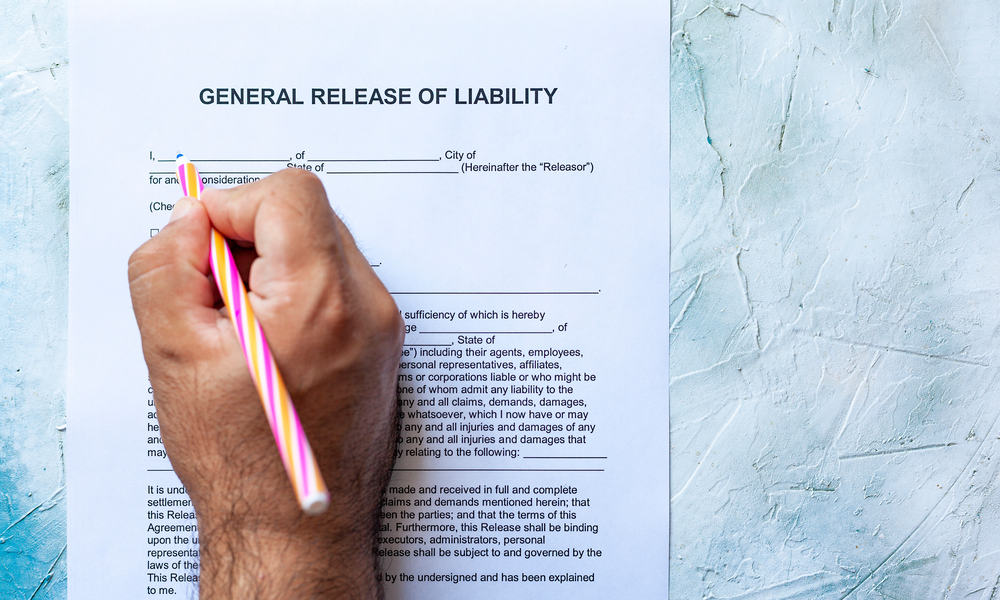Whenever you want to sell a car, there’s always a certain amount of administrative work that needs to be taken care of before you can complete the sale, and in California, the red tape can be a little trickier to deal with than elsewhere.
If you are planning to sell your car in the Golden State and are looking for a bit of help with the steps you need to take, here’s our guide to how to sell a car in California.
What’s different about selling a car in California?
When selling your car in California, there is a bit of extra paperwork to complete that makes the process slightly more complicated than in other states. However, once you have jumped through the necessary hoops, selling your car there is much the same as anywhere else.
The main documents you need to know about are the Certificate of Title, the California Smog Certificate, the California Release of Liability form and the California Legal Release. Let’s look at each of these briefly now.
The Certificate of Title
The certificate of title, also known as the “pink slip”, is a required document for the transfer of a vehicle in the state of California. It needs to be signed and given to the new owner.
If you don’t have the original title, you need to complete the California Application for Duplicate Title Form REG 227 to request an official duplicate copy.
Here’s a useful video with more information about the pink slip.
The California Smog Certificate
Unless your vehicle is exempt, you need a valid smog certificate before you can sell it in California. The certificate proves that your car is compliant with local emissions laws; it is normally acquired by the seller and has a validity of 90 days.
The following vehicles are exempt:
- Cars made in 1975 or earlier
- Cars less than four years old
- Hybrid cars
- Diesel cars
- Electric cars
- Cars that run on natural gas
Release of Liability form
This form is required to let the DMV know that you are no longer responsible for the vehicle. If you don’t fill in this form, you will still be liable for any parking tickets, penalties etc. incurred by the vehicle’s new owner.
Release of Ownership form
After completing the sale, you have five days to notify the DMV of the transfer of ownership. This is done by filling in the release of ownership form. This can be done physically with a paper form or online. This is the last step you need to complete.
Step by step guide
Other than the extra administrative work required in California, selling a car is much the same as anywhere else. Here are the main steps you should follow.
Step 1 – Prepare the necessary documents
The first step in selling your car is to collect all the necessary documents. As well as the documents we have already mentioned, you may need some or all of the following:
- Vehicle/Vessel Transfer and Reassignment Form REG 262
- Odometer reading if the car is under 10 years old
- Maintenance records if you have them
- Bill of sale
- Any warranties that are still valid
- As-is documents confirming that the new owner is responsible for all repairs
Step 2 – Clean the vehicle and take photos
With the documents all taken care of, you need to set about finding a buyer. To show the vehicle in its best light, give it a thorough clean inside and out and take photos of it.
Step 3 – Advertise the vehicle
Post the car advertisement on popular sites such as Craigslist, Autotrader and eBay Motors.
With the posting, include as much information as you can give for potential buyers such as the price, the mileage, previous owners and anything else that might be relevant.
Step 4 – Negotiate a price
You will find that, of the people who show an interest in your vehicle, some are serious while others are not worth following up. When you find a potential buyer, you will have to negotiate a price.
Negotiating is a skill and an art, but before you start, you should be clear about how much money you want and the minimum you are willing to accept – and then, of course, when you begin the negotiations, you should always ask for more.
Step 5 – Complete the necessary paperwork and receive payment
When you have found a suitable buyer and you have agreed on a price, you then need to complete the necessary paperwork together. Confirm the price as stated on the title document and ensure that both parties are in total agreement about all aspects of the sale.
If the vehicle is less than 10 years old, you also need to record the mileage on the REG 262 form.
Step 6 – Submit the forms to the DMV and report the transfer of the vehicle
One the forms have been filled in and the deal has been finalized, you then need to submit the forms to the DMV.
As per the laws in California, you also have five days to notify the DMV of the transfer of the vehicle – although you can do this when you go to the office to submit the forms. Alternatively, it can also be done online.
At this point, as the seller, everything is now taken care of. The buyer also needs to notify the DMV of the transfer of the vehicle – but they have 10 days after the documents have been handed over to do this. And as the seller, this is no longer your concern anyway.
A little extra work – but still quite manageable
As you can see, there is a little more paperwork and bureaucracy to take care of if you’re selling your car in California, but as long as you know all the necessary documents that are required and you make sure you don’t miss any, it’s not such a big deal.
Other than a few extra bits of paperwork that you need to take care of, selling a car in California is much like selling a car anywhere else. And by following the steps in our guide, you should be able to complete the process with no issues.


